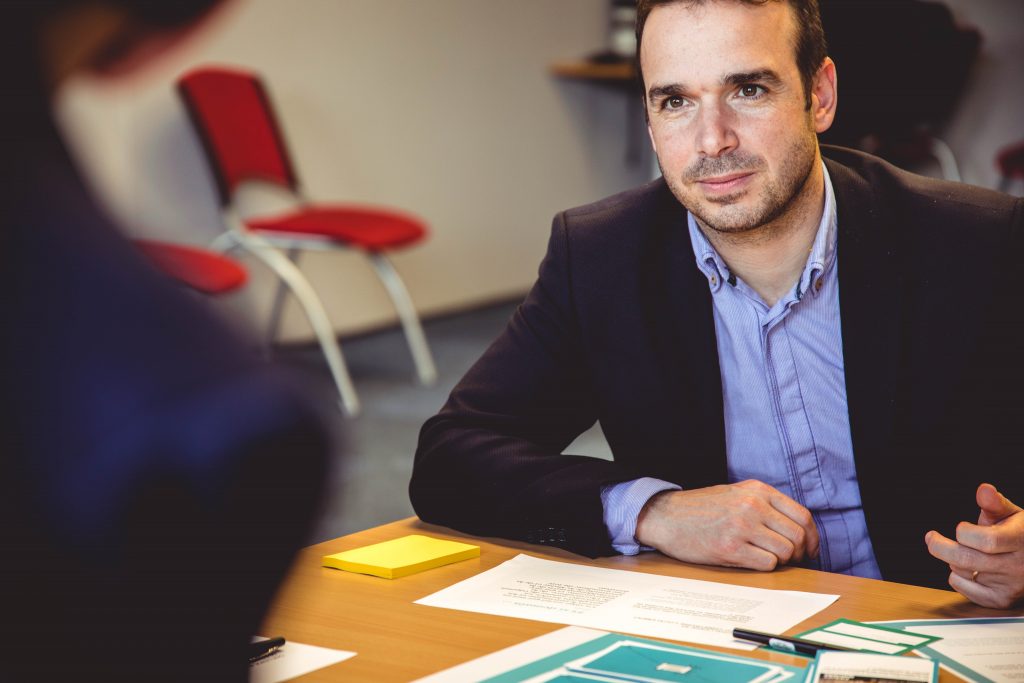By Beth Lawry
There’s an awesome placement / graduate role / further study position that you really want….
How do you succeed in getting it?
Answering those important questions
You will be asked questions, either in applications or interviews, to determine if you are the right fit for the role and how you would react in workplace situations.

You will be asked competency questions e.g. ‘Tell me a time you’ve worked in a team’ or ‘How have you used organisational skills to good effect’ or ‘Describe a situation where communication has been important’.
To answer it’s best to provide real-life examples of specific skills that are important to the role. Interviewers aren’t looking for exact answers, they want to hear about your experience and you as a person.
I get asked all the time ‘is my part-time job relevant?’ ‘Is my society experience relevant’ ‘I once organised a charity event, is this relevant’…..YES THEY ALL ARE.
You must pick the best example you have for each competency. This takes practice so you need to give it some thought now.

STAR
So, how best do you structure your answers to competency questions?
The answer is written in the stars…..

The STAR technique is a tried and tested method of structuring answers to application or interview questions.
REMEMBER – don’t always use ‘science’ examples, they want to see a well-rounded person. It is best to use examples from all areas of your life, your degree, job, voluntary work, societies, sports group, interests etc.
I still have on my CV about when I worked as a door to door salesperson in Australia, it’s got nothing to do with lecturing but it shows that I can confidently talk to anyone and that I’ve experienced different cultures!

SITUATION
This is all about ‘setting the scene’, enabling the interviewer to really picture the specific situation and see you in it. Be concise but with description of what was going on, building up to your role.
Example: I work within a team of bar tenders in a lively Newcastle pub. On May bank holiday weekend we were short staffed and extremely busy, serving around 500 customers.
TASK
Your answer now progresses into the specific task that you had to do. Keep this succinct.
Example: I was responsible for dealing with customers, sometimes difficult ones, taking orders whilst others poured drinks.
ACTION
This is your time to shine! What did YOU specifically do? How did you make it a success?
It is important to highlight the skills that are priorities for the role (use the job specification). Don’t be afraid to highlight other skills as well within your answer, but don’t lose focus on the specific question they’ve asked.
Example: I used effective communication, speaking clearly but not patronisingly, double checking orders and payment. Different customers need different approaches so I adapted accordingly, speaking more authoritatively when required. I liaised with other members of staff to ensure orders were quickly and accurately met, often serving multiple groups at once.
RESULT
What was the outcome of your work? Try and showcase a successful outcome.
Example: Although we were understaffed, I communicated well with the team and we worked hard to ensure the weekend was a success. The takings for the weekend was up 20% on the previous bank holiday and we were awarded a bonus for our hard work.
Pulling it all together
Whether it be in your application or interview, the STAR technique allows you to really paint a picture of yourself for the employer.

Find strong examples, this takes practice so get opinions from others.
Give detail but use concise and plain English with short sentences. Make it easy for the reader/interviewer to follow. Use active language ‘I proactively began creating a poster of my research’ NOT ‘After my placement it was important for me to design a poster’
Don’t be afraid of talking about times you’ve made mistakes or failed, believe me we all do it and it can make you more relatable. BUT don’t just take about failure and ensure you highlight how you’ve learnt from this and how you’re improving.
Employers will often ask what your biggest weakness is, prepare for this! DO NOT give a skill that is essential for the role as a weakness! Sounds obvious but people do it!
What our students say:
“Using STAR meant that I could prepare my Grad Scheme interview answers in a structured and confident way” Ben, Pharmacology BSc
“I used STAR for my successful placement application and interview with big pharma” James, Biomedical Sciences BSc
“I never had a proper interview before, so STAR meant I could decide which of my experiences was best to answer questions” Sophie, Genetics BSc
Top tips
- Have examples that could be used for a range of skills.
- Expand on some examples written in your application (you can add new examples too).
- Include other skills. E.g. Organisation and time-management work really well together, as do teamwork and communication.
- Practice! Write structured answers down and say them out loud. Things can look right on paper but not sound right when you’re saying it.
- Say your answers out loud to others.
- Although you want to practice, don’t over do it – you want to be natural, not an interview robot!
- Get applications checked and book interview practice with our careers service
Read our 5 Top tips to find a placement blog
Or find out where our students have been on placement
Or read about placement life at GSK
So go ahead and give STAR a try today!

